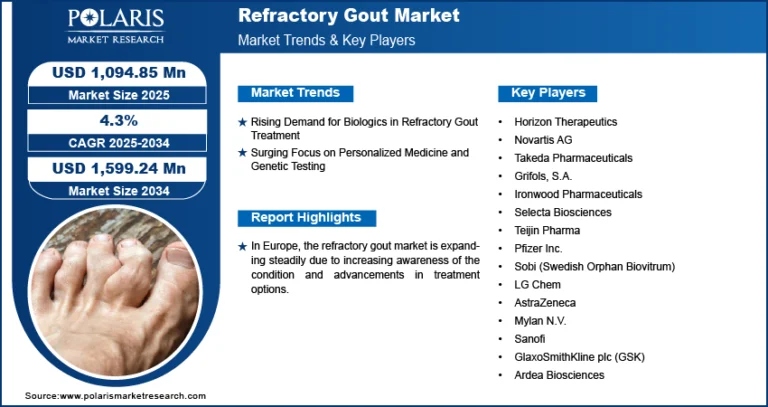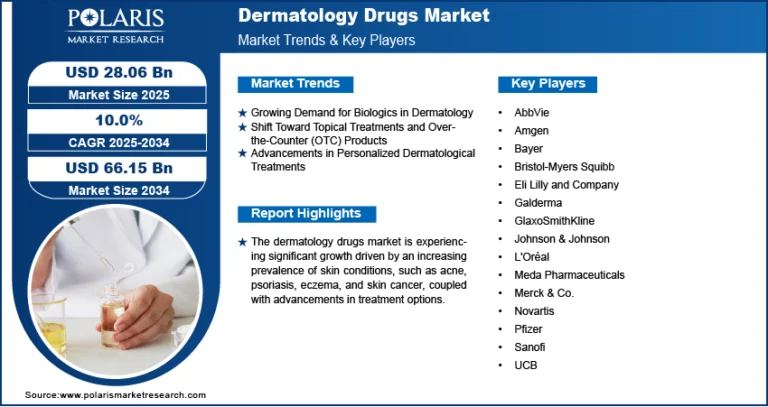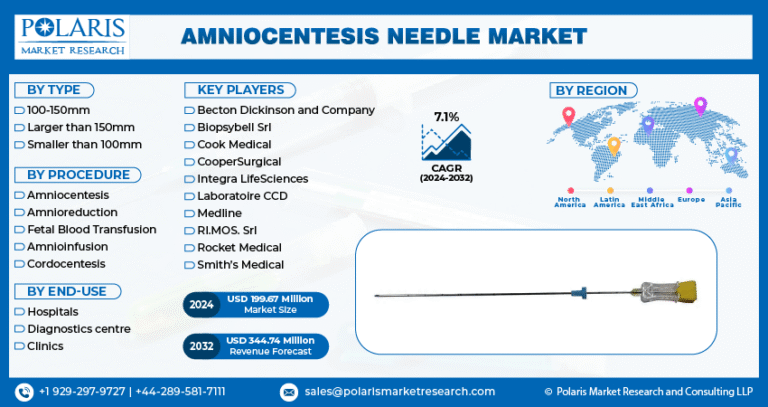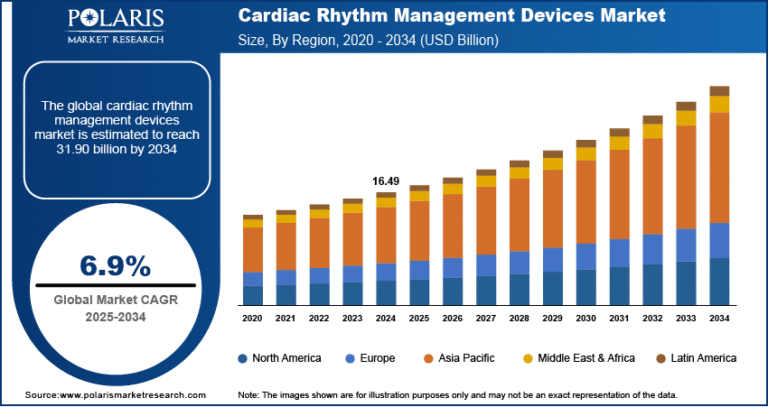Laboratory Proficiency Testing Market Size, Share & Trends Analysis growing at a CAGR of 6.4% from 2025 to 2030
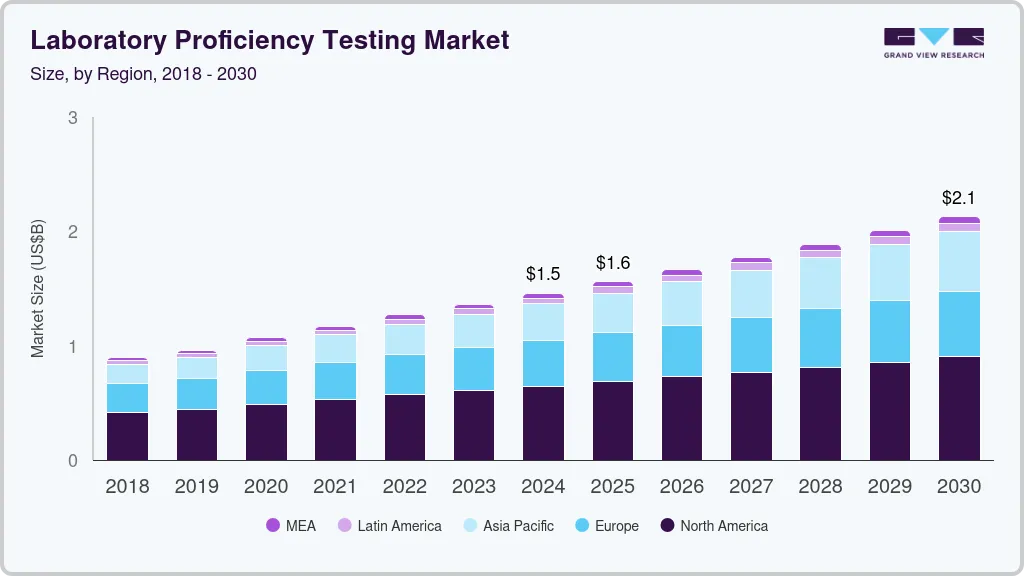
The global laboratory proficiency testing market size was estimated at USD 1,457.9 million in 2024 and is projected to reach USD 2,127.9 million by 2030, growing at a CAGR of 6.4% from 2025 to 2030. This is driven by multiple factors shaping various sectors such as water testing, cannabis testing, and food safety.
Key Market Trends & Insights
- In terms of region, North America was the largest revenue generating market in 2024.
- Country-wise, India is expected to register the highest CAGR from 2025 to 2030.
- In terms of segment, clinical diagnostics accounted for a revenue of USD 499.7 million in 2024.
- Cannabis is the most lucrative grade segment registering the fastest growth during the forecast period.
Market Size & Forecast
- 2024 Market Size: USD 1,457.9 million
- 2030 Projected Market Size: USD 2,127.9 million
- CAGR (2025-2030): 6.4%
- Asia Pacific: Largest market in 2024
Request a free sample copy or view report summary: https://www.grandviewresearch.com/industry-analysis/laboratory-proficiency-testing-market/request/rs1
One of the key growth drivers is the increasing focus on water testing to identify micropollutants, contaminants, and microorganisms in freshwater and wastewater. Common microbial contaminants include Legionella, Legionella pneumophila, Salmonella, enterococci, E. coli, Pseudomonas aeruginosa, coliforms, and staphylococci. Proficiency testing is critical in water microbiology as it ensures laboratories can reliably detect and quantify such contaminants. Through blind sample distribution, proficiency testing programs evaluate a laboratory’s capability to perform accurate and consistent water quality analysis, thus safeguarding public health.
In addition to microbial testing, laboratory proficiency testing also plays an essential role in measuring endotoxin and pyrogen levels in water, particularly for pharmaceutical manufacturing, medical device production, and dialysis. These toxic substances, originating from bacteria, can have severe health implications. Laboratories must demonstrate their competence in using advanced methods such as Limulus Amebocyte Lysate (LAL) assays to ensure precision in endotoxin detection. Reliable results from such testing are vital for meeting regulatory standards and ensuring water safety.

